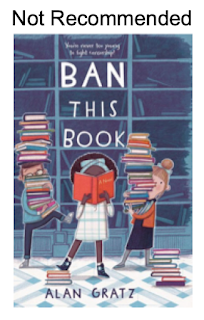The segment opens with John Biewen, a guy who grew up in Mankato, and, who because of the liberal leanings of his parents, knew about racial injustice in the south. He had no idea, however, of the racial injustice in Mankato's history. "Why don't we talk about it?" he asks.
To the credit of Ira Glass, Little War on the Prairie gives us a chance to talk about it. The "it" is the largest mass execution in U.S. history. And like The Little House on the Prairie, a lot is left out of the way the U.S. Dakota War is presented in most histories.
.......................................................................................................................
"It" is the largest mass execution in U.S. history.
.......................................................................................................................
Biewen and Gwen drive to several sites in the area, and they critique what they read and see, and equally significant, they talk about what they do not read and see, and why.
Their dialog is stark and poignant, as it should be, given what they are discussing.
 |
| Image from the June 30, 2012 edition of the Twin Cities Pioneer Press |
Towards the end of the segment, Biewen talks to some senior girls in high school to see what they know about the Dakota War. Two of them know about the execution. But he also talks to a third-grade teacher, asking her how she presents the War of 1862. Here's her response:
We just talked about, like a conflict is a disagreement. And we talked how the Dakota Indians didn't know how to solve their conflicts. And the only way they knew how to solve their disagreements was to fight, which we know we don't fight when we solve conflicts, we use our words.
But that was their only way that they knew how to solve a conflict, they fought. And so then the white settlers needed to fight back to protect themselves. And we talked about people were killed. And then we talked about how the Dakota Indians were-- [FADES OUT]
I would like to know what else she said, and I'd really like to know how she feels now, after having listened to the entire segment, which I assume she did. Some listeners may feel she was mis-used by Biewen for this program. If she was not aware of the totality of the segment, I feel bad for her, but I feel far worse for the children who--instead of being taught about Dakota people who had been engaged in diplomatic treaty negotiations with the U.S. government--are being taught that Indians were violent and don't know how to use words to solve conflicts.
I encourage teachers and librarians to listen to Little War on the Prairie, or, read the transcript. And then, apply what you learn to how you teach about the U.S. Dakota War, and how you select and deselect books about it.
I also encourage you to visit the U.S. Dakota War website of the Minnesota Historical Society, where they've put together resources you can use, including an annotated treaty. Here's their introductory video:
At their website, there's also an annotated letter, written in Dakota, by Mowis Itewakanhdiota, a Dakota man who was imprisoned after the war. Thirty eight men were executed, while many more were sentenced to life in prison in Davenport, Iowa. In his letter, Itewakanhdiota writes that he and the other prisoners of war have heard that Lincoln was assassinated. It was Lincoln's intervention that sent some men to prison rather than execution, and they are worried that Lincoln's death may have ramifications for their own lives. (A thumbnail of the letter is on the right side of the page. Click on it to see a larger image; hovering over the red circles on the left side, a box will appear with the text in Dakota and English).
...................................................................................................................................................
Given the resources available, there is no reason why biased history of this war should continue to be taught.
...................................................................................................................................................
Given the resources available, there is no reason why biased history of this war should continue to be taught. Here's a feature-length documentary about the execution:
Please share the link to this page with teachers and librarians. Let's be honest in how we tell history. Let's, as Biewan asked us to do, talk about it. All of it.





